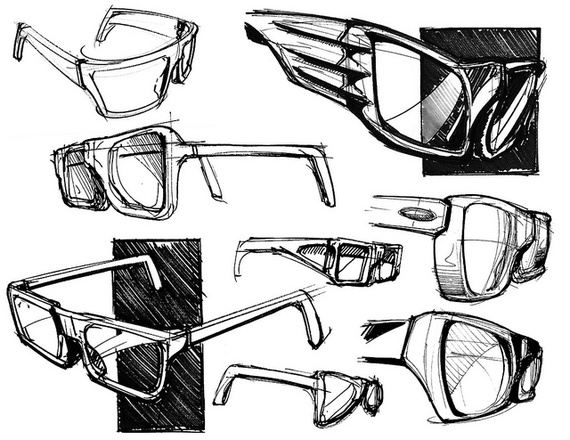
Rebecca Rosen, of the Atlantic Tech team, asked me to talk about Abler and my broader ideas about assistive technology, historical ideas about "normalcy," my new gig at Gizmodo, and more. An excerpt:
Rosen: You’ve chronicled some of these innovations on your site, Abler. Can you talk a little bit about what you’ve seen from your perch there—the feedback your site gets—and what you are trying to get across to those who come visit your site?
Me: Abler is written for a tech-loving reader, and its purpose is twofold. It’s meant to bring that design attention I mentioned before to prosthetic technologies—ways that designers are reconsidering sensory augmentations, but also social technologies for affective needs, and other kinds of unusual prosthetics.
But it’s not enough to make “better technologies”—I’m also interested in linking together design and art works that investigate the very notion of normal and abnormal function. It’s one thing to make a prosthetic limb that’s beautifully painted; they’re gorgeous! It’s another, though, to seek out designs that raise and suspend questions about human capacities, about the functionality of technologies, about all the ways humans engage with machines for all kinds of needs. I’m interested in productive uncertainty, in so many ways. Continue reading...
Adam Clark Estes at Gizmodo followed up with a post in response:
What's the difference between using a wheelchair and wearing glasses? Both take advantage of technology to adjust or enhance human capabilities. Yet we tend to consider people in wheelchairs as disabled, and people with glasses as, well, relatively normal. It's all about perspective. Continue reading...